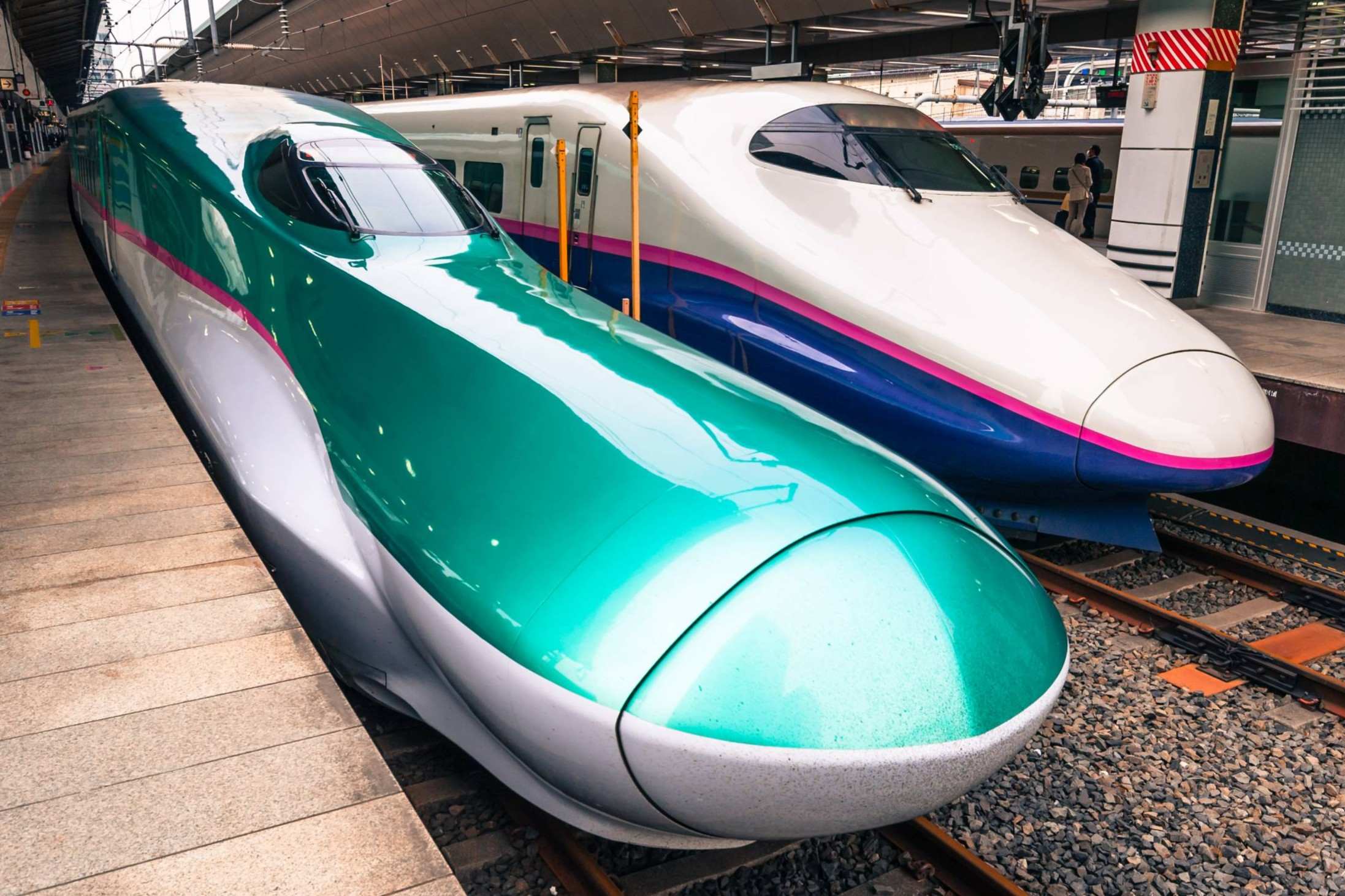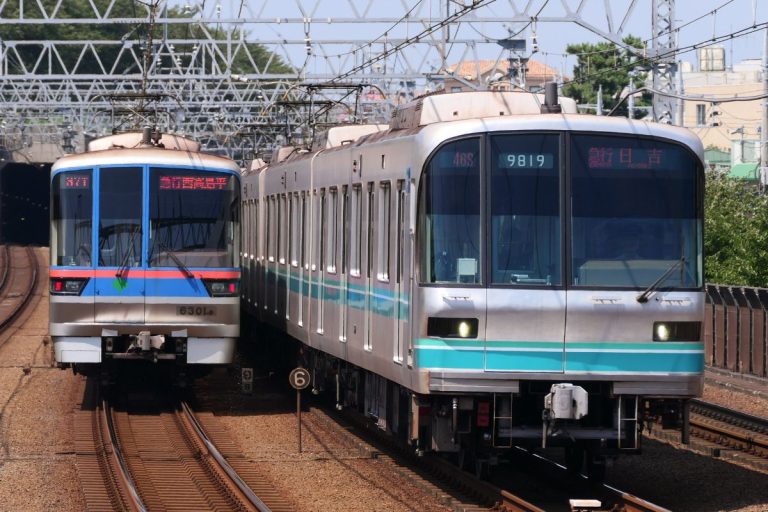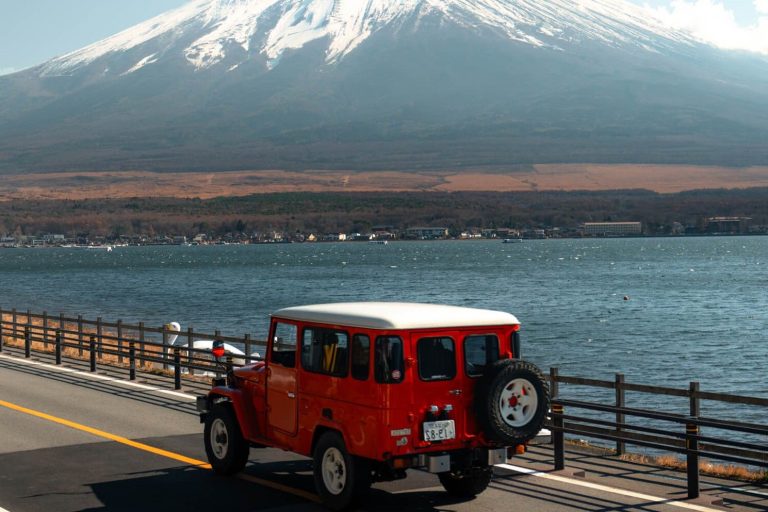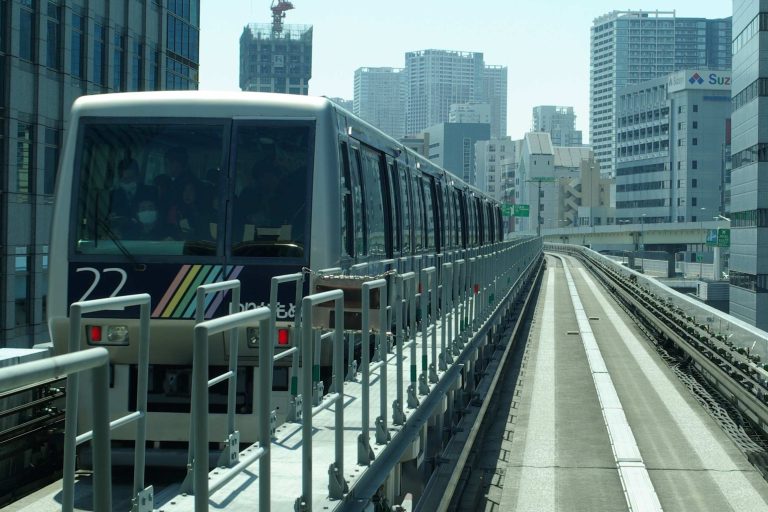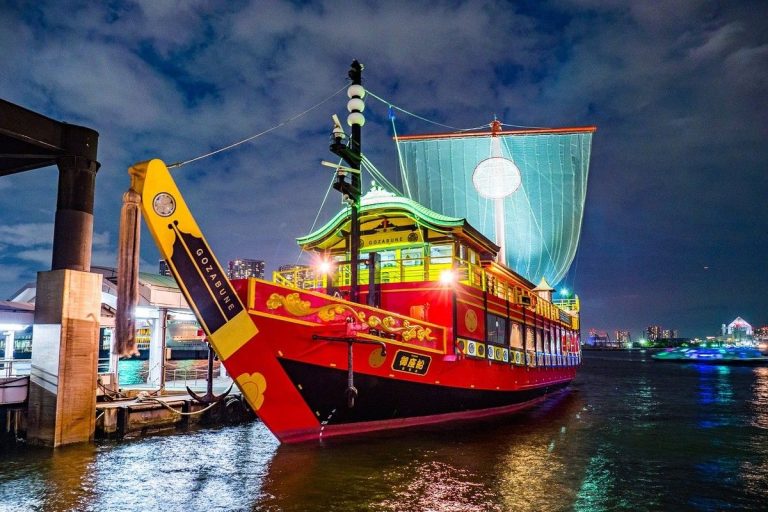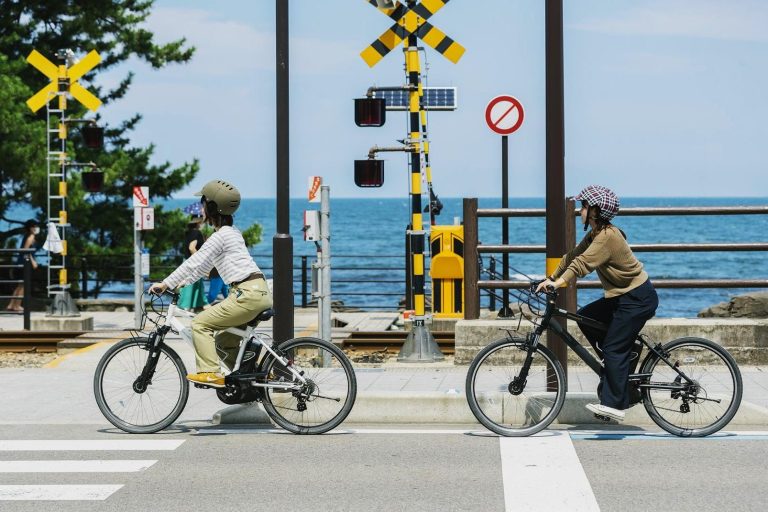Overview of JR East Trains
Japan Railway East, commonly known as JR East, stands as one of Japan’s most extensive and reliable railway networks. This massive transportation system connects Tokyo with the northeastern regions of Honshu, serving millions of passengers daily across urban and rural areas. From bustling metropolitan lines to scenic countryside routes, JR East offers an incredible variety of travel experiences.
The company operates an impressive fleet of trains ranging from local commuter services to high-speed bullet trains. Whether you’re planning a quick trip across Tokyo or an extended journey to remote mountain villages, JR East provides the infrastructure to make your travels smooth and efficient. Their commitment to punctuality, cleanliness, and passenger comfort has made them a model for railway systems worldwide.
Introduction to JR East
Established in 1987 following the privatization of Japanese National Railways, JR East has grown into a transportation giant serving the Greater Tokyo Area and beyond. The company manages over 7,400 kilometers of railway lines, making it one of the world’s largest railway operators by passenger volume. Their network extends from Tokyo’s urban core to the scenic regions of Tohoku, including popular destinations like Nikko, Karuizawa, and the Japan Alps.
Types of Trains offered
JR East operates several categories of trains to meet diverse passenger needs. Local trains make frequent stops and serve as the backbone of daily commuting, while rapid and express services skip certain stations for faster travel. Limited express trains offer premium comfort with reserved seating and enhanced amenities. The crown jewel of their fleet includes Shinkansen bullet trains, capable of reaching speeds up to 320 kilometers per hour.
Key Features of JR East Trains
Modern JR East trains feature spacious interiors, comfortable seating, and excellent climate control systems. Most trains include digital displays showing route information in multiple languages, making navigation easier for international visitors. Safety systems are state-of-the-art, with automatic train control and earthquake detection capabilities that can halt services instantly during emergencies. Many trains also offer charging outlets and free Wi-Fi connectivity.
Service Coverage and Areas
The JR East network spans across Tokyo, Kanagawa, Chiba, Saitama, Gunma, Tochigi, Ibaraki, Fukushima, Miyagi, Iwate, Akita, Yamagata, and parts of Niigata and Nagano prefectures. This extensive coverage makes it possible to travel from Tokyo’s financial district to remote hot spring resorts using a single railway system. The network connects seamlessly with other JR companies, allowing for nationwide travel with minimal transfers.
Operating Hours and Frequency
Most JR East lines operate from approximately 5:00 AM to midnight, with some services extending slightly beyond these hours. During peak periods, trains on major lines like the Yamanote Line run every 2-3 minutes, while local lines typically maintain 10-15 minute intervals. Weekend and holiday schedules may vary slightly, but the overall frequency remains impressive throughout the day.
Types of Passes Available
JR East offers various pass options designed to make train travel more affordable and convenient for both tourists and residents. These passes provide unlimited travel within specified areas and time periods, often representing significant savings compared to individual ticket purchases. Understanding the different pass types helps travelers choose the most cost-effective option for their specific itinerary.
The pass system caters to different travel patterns, from intensive Tokyo exploration to extended regional journeys. Foreign visitors enjoy special pricing and exclusive pass options not available to Japanese residents. Most passes can be purchased in advance online or at designated stations and travel centers throughout the network.
Japan Rail Pass
The famous Japan Rail Pass covers all JR East services plus other JR companies nationwide, making it ideal for multi-region travel. Available in 7, 14, and 21-day versions, this pass provides unlimited travel on most JR trains, including many Shinkansen services. Foreign tourists can purchase this pass at a significant discount compared to regular pricing, but it must be bought before arriving in Japan or at specific locations upon arrival.
Regional Passes
JR East offers several regional passes focusing on specific areas like Tokyo Wide Pass, Tohoku Area Pass, and Nagano Niigata Area Pass. These passes typically cost less than the nationwide version while providing comprehensive coverage for their designated regions. The Tokyo Wide Pass, for example, includes travel to popular destinations like Nikko, Karuizawa, and Mount Fuji area, making it perfect for Tokyo-based travelers wanting to explore nearby attractions.
One-day Passes
Perfect for intensive sightseeing, one-day passes allow unlimited travel within specific zones for a single calendar day. The Tokyo Metropolitan District Pass covers most JR East lines within the greater Tokyo area, while specialized passes focus on particular routes or destinations. These passes work well for travelers planning to make multiple train journeys in a single day.
Discounted Tickets for Foreign Visitors
Beyond traditional passes, JR East offers various discounted ticket options exclusively for foreign tourists. These include special express train tickets, group discounts, and seasonal promotions. Some tickets combine train travel with attraction entries or hotel accommodations, providing additional value for vacation packages.
How to Purchase Passes
Passes can be purchased online through official JR East websites, at major stations, or through authorized travel agents worldwide. Online purchases often provide the best prices and allow for advance planning. At stations, look for green-windowed ticket offices or JR East Travel Service Centers where English-speaking staff can assist with pass selection and activation.
Popular Lines and Routes
JR East operates numerous iconic railway lines that form the backbone of Tokyo’s transportation network and connect the capital with scenic destinations throughout eastern Japan. These lines range from circular urban routes serving millions of daily commuters to express services whisking passengers to mountain resorts and coastal towns. Understanding the major lines helps travelers navigate the system efficiently.
Each line has its own character and serves different purposes within the broader network. Some focus primarily on urban transportation, while others specialize in connecting Tokyo with popular tourist destinations. The integration between different lines allows for seamless transfers and comprehensive coverage of the region.
Yamanote Line
The Yamanote Line forms Tokyo’s most famous circular route, connecting major districts like Shibuya, Shinjuku, Tokyo Station, and Ueno in a continuous loop. This green-colored line operates trains every 2-4 minutes during peak hours, making it incredibly convenient for urban exploration. The 29 stations along the route provide access to shopping districts, business centers, cultural attractions, and transportation hubs, making it essential for first-time Tokyo visitors.
Chuo Line
Running east-west through central Tokyo and extending into the western suburbs, the Chuo Line serves as a vital commuter artery. The rapid service connects Tokyo Station with destinations like Kichijoji, Mitaka, and Takao, while local services make additional stops along the way. This orange-colored line provides access to popular areas like Harajuku, Yoyogi, and continues west to mountainous regions perfect for hiking and nature excursions.
Keihin-Tohoku Line
This light blue line runs north-south through Tokyo, connecting Omiya in Saitama Prefecture with Ofuna in Kanagawa Prefecture. The Keihin-Tohoku Line parallels the Yamanote Line through central Tokyo, providing an alternative route between major stations. It serves important destinations like Akihabara, Tokyo Station, Shinagawa, and extends south to Yokohama, making it valuable for both urban travel and suburban connections.
Narita Express
The Narita Express (N’EX) provides fast, comfortable connections between Narita International Airport and central Tokyo. These sleek trains feature spacious seating, luggage storage areas, and multilingual announcements, specifically designed for international travelers. The service operates multiple times per hour and reaches major stations like Tokyo, Shinjuku, Shibuya, and continues to Yokohama and Ofuna.
Shinkansen Services
JR East operates several Shinkansen lines, including the famous Tokaido Shinkansen (shared operation), Tohoku Shinkansen, Joetsu Shinkansen, and Hokuriku Shinkansen. These bullet trains represent the pinnacle of railway technology, offering speeds up to 320 km/h while maintaining exceptional safety records. Popular destinations include Sendai, Morioka, Niigata, and Kanazawa, making distant cities easily accessible for day trips or extended travel.
Traveling with JR East: Tips
Successful navigation of the JR East network requires some preparation and understanding of Japanese railway customs. While the system is remarkably user-friendly, knowing key tips and strategies can transform your travel experience from potentially confusing to genuinely enjoyable. These practical insights help both first-time visitors and experienced travelers make the most of their journeys.
Effective use of available resources, from smartphone apps to station staff assistance, can significantly improve your travel efficiency. Understanding peak travel times, ticketing procedures, and cultural norms ensures smooth journeys and positive interactions with fellow passengers and railway staff.
Planning Your Journey
Effective journey planning starts with understanding your destinations and the most efficient routes between them. Use online route planners or smartphone apps to identify the best train connections, departure times, and total travel duration. Consider purchasing appropriate passes based on your planned itinerary, and always allow extra time for transfers, especially during peak hours when stations become crowded.
Using the JR East App
The official JR East app provides real-time train information, route planning, and service updates in multiple languages. The app shows current train positions, delays, and alternative routes during service disruptions. It also includes detailed station maps, platform information, and nearby facility locations. Downloading and familiarizing yourself with this app before traveling can prevent confusion and save valuable time.
Luggage Services and Restrictions
JR East trains accommodate most luggage sizes, but large suitcases may require special consideration on crowded trains. Some Shinkansen services offer luggage storage areas behind the last row of seats, which can be reserved in advance. For extensive luggage, consider using takkyubin (luggage delivery services) to send bags directly to your destination, allowing for more comfortable train travel.
Connecting to Other Transport Services
JR East stations often connect seamlessly with Tokyo subway systems, making it easy to reach destinations not directly served by JR lines. Many stations also provide access to bus services, including convenient airport shuttles that complement train connections. Understanding these connections expands your travel options and can sometimes provide faster or more direct routes to specific destinations.
Navigating Stations
Large JR East stations can be complex, with multiple levels, numerous exits, and extensive shopping areas. Look for color-coded signs and line symbols to identify the correct platforms and exits. Station staff wearing red caps can provide assistance in multiple languages. Many stations include detailed maps and digital displays showing real-time train information and platform assignments.
Accessibility on JR East Trains
JR East demonstrates strong commitment to accessibility, providing comprehensive facilities and services for passengers with disabilities. The railway system continues expanding accessible infrastructure across its network, ensuring that all travelers can use train services comfortably and independently. These efforts reflect Japan’s broader commitment to universal design and inclusive transportation.
Accessibility features extend beyond basic compliance requirements to create genuinely welcoming environments for passengers with diverse needs. From physical infrastructure improvements to specialized staff training, JR East works to eliminate barriers and provide dignified travel experiences for everyone.
Facilities for Disabled Passengers
Most JR East trains include designated wheelchair spaces, accessible restrooms, and priority seating areas clearly marked with special symbols. Modern trains feature level boarding platforms and wide doorways to accommodate wheelchairs and mobility devices. Audio and visual announcement systems help passengers with hearing or vision impairments navigate the system effectively.
Assistance Services
Station staff provide various assistance services, including wheelchair assistance, guidance for visually impaired passengers, and help with ticket purchases. Passengers can request assistance in advance or seek help directly from station personnel. Many major stations maintain dedicated assistance counters staffed with specially trained personnel who can coordinate support throughout the journey.
Accessible Train Stations
Major JR East stations feature elevator access to all platforms, accessible ticket gates, tactile paving for visually impaired passengers, and accessible restroom facilities. Smaller stations continue receiving accessibility upgrades as part of ongoing improvement programs. Station layouts prioritize clear sightlines and intuitive navigation to help all passengers move through facilities easily.
Priority Seating
All JR East trains designate specific seats near doorways for elderly passengers, pregnant women, passengers with disabilities, and those carrying small children. These seats feature different colored upholstery and clear signage to identify their special purpose. The priority seating system relies on passenger cooperation and social awareness rather than enforcement.
Guide for Travelers with Disabilities
JR East publishes comprehensive accessibility guides in multiple languages, detailing available services and facilities throughout the network. These guides include station-specific information, contact details for assistance services, and tips for smooth travel. The information is regularly updated to reflect infrastructure improvements and service enhancements.
Onboard Amenities and Services
JR East trains offer various amenities designed to enhance passenger comfort during journeys of all lengths. From basic local services to luxury express trains, the company maintains high standards for cleanliness, comfort, and passenger convenience. Understanding available amenities helps travelers choose appropriate services for their specific needs and preferences.
The range of onboard services varies significantly between different train types, with express and Shinkansen services offering premium amenities not found on local trains. However, even basic local services maintain impressive standards of cleanliness and functionality that exceed many international railway systems.
Seating Options
Local and rapid trains typically feature bench-style seating arranged longitudinally or in facing pairs, optimized for frequent stops and passenger turnover. Express trains offer more comfortable individual seats with better legroom and armrests. Shinkansen services provide the most luxurious seating options, including reclining seats, footrests, and generous personal space. Some premium services offer first-class compartments with enhanced privacy and service.
Food and Beverage Services
Longer-distance trains often include food and beverage services ranging from vending machines to full dining cars. Shinkansen trains feature trolley services offering snacks, drinks, and famous ekiben (station lunch boxes). Some express trains include cafe cars where passengers can purchase light meals and beverages. Local trains typically rely on platform vending machines and convenience stores for refreshment options.
Restroom Facilities
Most JR East trains longer than a few cars include clean, well-maintained restroom facilities. Express and Shinkansen trains feature spacious restrooms with modern fixtures, baby changing facilities, and accessibility features. Even local trains maintain high cleanliness standards with regular maintenance and restocking throughout the day.
Wi-Fi Availability
Many JR East trains now offer free Wi-Fi connectivity, particularly on express services and Shinkansen trains. The service quality varies depending on the route and terrain, but coverage continues expanding across the network. Some trains also provide power outlets for device charging, especially in premium seating areas.
Entertainment Options
While most trains focus on transportation rather than entertainment, longer-distance services sometimes include information displays showing route highlights, local attractions, and cultural information. Some premium services offer individual entertainment systems or enhanced window views designed to showcase scenic landscapes along the route.
Connecting Transport Options
JR East stations serve as major transportation hubs connecting with various other transport modes throughout the region. These connections enable seamless multi-modal journeys and provide access to destinations not directly served by the railway network. Understanding connection options helps travelers plan comprehensive itineraries using the most efficient combinations of transport services.
The integration between JR East and other transportation systems reflects Japan’s coordinated approach to public transit planning. Many stations function as complete transportation centers offering multiple options within single facilities, making transfers convenient and efficient.
Bicycle Rental Options
Many JR East stations provide bicycle rental services, allowing travelers to explore local areas efficiently after arriving by train. These services range from basic city bikes to electric-assisted models suitable for longer distances or hilly terrain. Some rental programs integrate with train passes, offering discounted rates for railway passengers. The bicycle rental & recommended cycling routes around popular destinations provide excellent opportunities for scenic exploration.
Car Rentals and Driving
Major JR East stations often include car rental counters from leading companies, enabling travelers to combine train and automobile travel effectively. This combination works particularly well for reaching remote destinations not served by public transportation. Understanding car rental & driving in Japan regulations and procedures helps international visitors navigate the rental process and local traffic laws safely.
Airport Transfers
JR East provides excellent connections to both Narita and Haneda airports through dedicated express services and connecting trains. The Narita Express offers direct service to central Tokyo, while various local lines provide alternative routes to both airports. These services integrate well with airport limousine & shared shuttles for destinations not directly accessible by train.
Local Bus Services
Many JR East stations connect with extensive local bus networks serving areas beyond the railway coverage. These buses often provide the final connection to specific hotels, attractions, or residential areas. Bus services typically coordinate schedules with train arrivals and departures, minimizing waiting times for passengers making connections.
Ferry Services
Several JR East destinations provide connections to ferry services, particularly along the Pacific coast and to nearby islands. These connections enable travelers to extend their journeys beyond the railway network to coastal and island destinations. Some scenic ferry routes offer excellent sightseeing opportunities and connect with popular tourist destinations accessible only by water.
Planning Your Journey with JR East
Successful travel planning maximizes your JR East experience while minimizing costs and travel time. Effective planning considers factors like seasonal variations, peak travel periods, budget constraints, and personal preferences to create optimal itineraries. Whether planning a single-day Tokyo exploration or an extended multi-week journey, proper preparation ensures smooth and enjoyable travels.
Comprehensive planning involves more than just selecting destinations and train services. Consider accommodation locations, local transportation needs, weather conditions, and cultural events that might affect your travel experience. Advanced planning often reveals money-saving opportunities and helps avoid common pitfalls that can disrupt travel schedules.
Creating an Itinerary
Effective itinerary creation balances must-see destinations with realistic travel times and personal interests. Start by identifying your primary destinations, then research the most efficient train connections between them. Consider grouping nearby attractions to minimize travel time and maximize exploration opportunities. Allow flexibility for spontaneous discoveries while maintaining a basic framework for your journey.
Best Times to Travel
Timing significantly impacts both travel costs and experience quality. Avoid major holidays like Golden Week, Obon, and New Year when trains become extremely crowded and accommodation prices soar. Early morning and late evening trains typically offer more comfortable travel conditions with fewer crowds. Seasonal considerations affect both weather conditions and attraction availability at your destinations.
Budgeting for Your Trip
Railway passes often provide significant savings for multi-day travel, but calculate actual costs based on your specific itinerary to confirm value. Consider accommodation costs near major stations versus more distant but cheaper options requiring additional transportation. Factor in meal costs, attraction fees, and incidental expenses when creating your overall budget.
Tips for First-Time Riders
First-time JR East users should familiarize themselves with basic etiquette, including queuing procedures, priority seating, and quiet car rules. Learn to recognize different train types and understand the distinction between local, rapid, and express services. Practice using ticket machines and IC cards before traveling to avoid delays during actual journeys.
Safety and Emergency Procedures
JR East maintains excellent safety records through comprehensive emergency procedures and regular safety drills. Familiarize yourself with emergency communication methods, evacuation procedures, and staff identification. Keep emergency contact information accessible and understand how to seek help if needed. The railway system includes extensive disaster preparedness measures, including earthquake detection and emergency supplies at major stations.
Frequently Asked Questions
What types of trains does JR East operate?
JR East operates local, rapid, express, and Shinkansen (bullet) trains to cater to various passenger needs.
How can I purchase JR East passes?
JR East passes can be purchased online, at major stations, or through authorized travel agents worldwide.
What is the Japan Rail Pass?
The Japan Rail Pass allows unlimited travel on JR trains, including Shinkansen services, and is available for 7, 14, or 21 days.
What accessibility features does JR East provide?
JR East offers wheelchair spaces, accessible restrooms, priority seating, and assistance services for passengers with disabilities.
How do I plan my journey with JR East?
Planning involves understanding destinations, using route planners or apps, purchasing appropriate passes, and allowing extra time for transfers.
Maximizing Your JR East Experience
Traveling with JR East presents a unique opportunity to explore the rich landscapes and cultures of eastern Japan. By understanding the various train services, passes available, and practical travel tips, you can enhance your journey and discover the beauty of this remarkable region.
